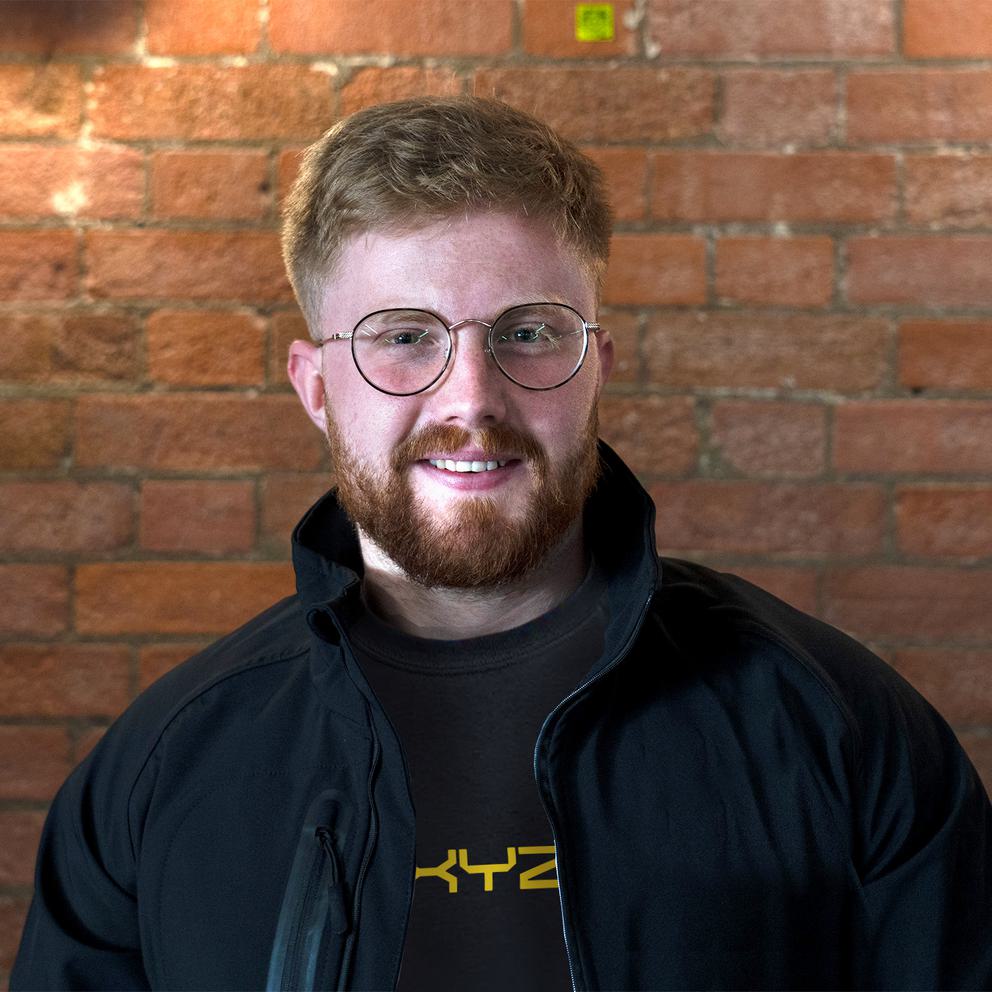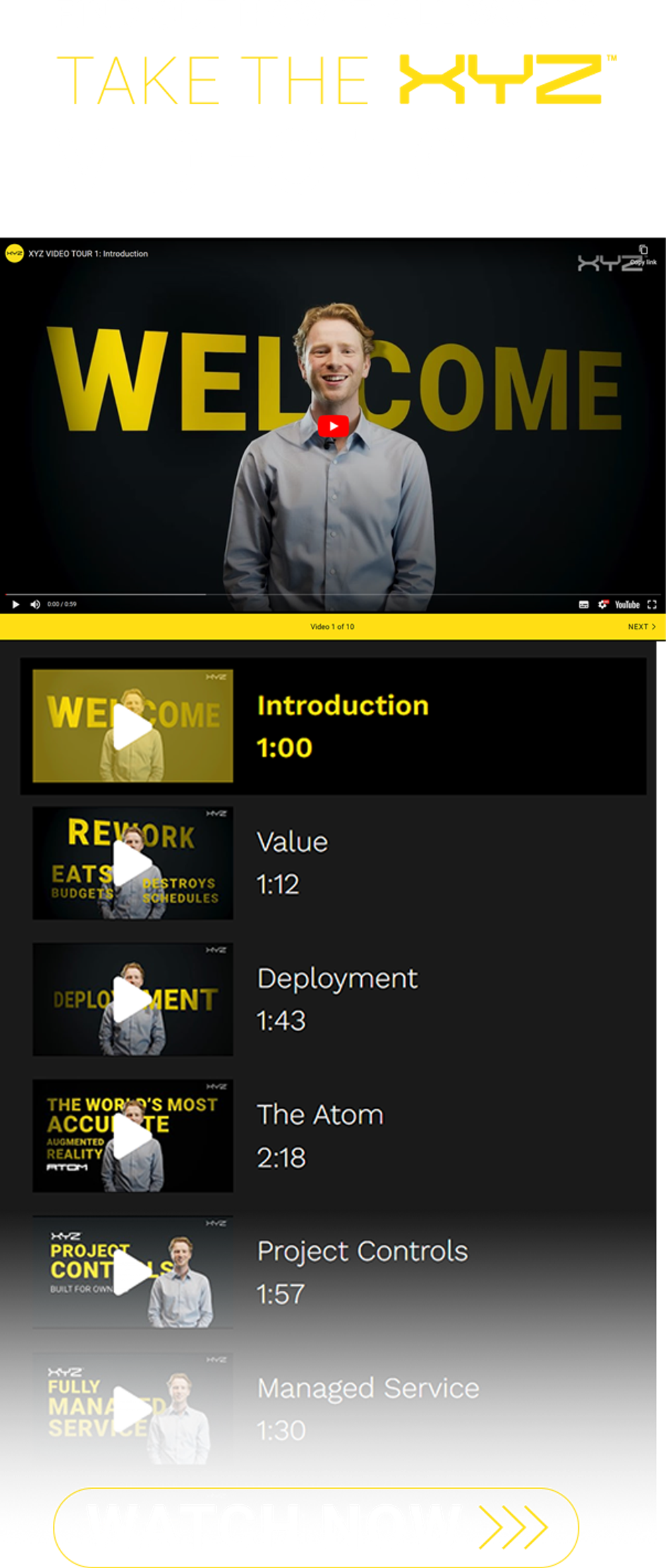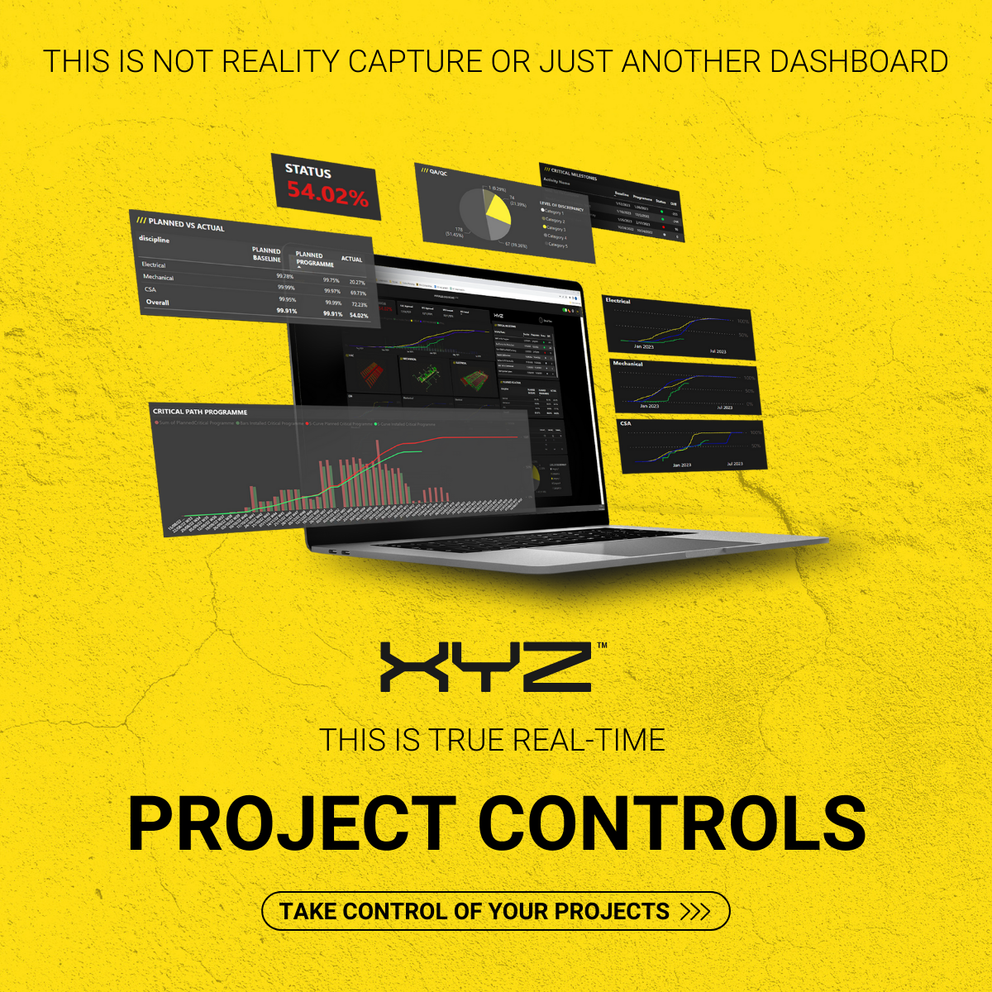-
Services
Services
Find out how we work with our clients and deliver value to construction projects from day one
-
Solutions
Solutions
Discover how all our solutions sync together to deliver construction's most powerful BIM platform to date
-
Built for
Built for
-
Industry
Industry
Understand how we support construction's biggest sectors, and hear from our clients who have experienced the power of XYZ
-
Resources
Resources
Get stuck into all our latest thought leadership, news, reports and industry leading content
-
Company
Company
Dive into what makes XYZ tick, unearth why construction is in our DNA and why we are world leaders in AR solutions

Insights
Advanced technology: The key to subcontractor quality assurance

03 August 2022
How XYZ Reality’s Engineering Grade Augmented Reality headset, the Atom™, enables superior onsite accuracy, eliminating rework and driving quality assurance for subcontractors.
The ability to deliver high-quality projects on time and on budget is at the core of a contractor’s success. This is particularly true for mission critical projects, where tolerance margins can be as tight as 5-10mm, and project schedules leave little room for delays and rework.
Quality assurance is a crucial concern for specialist subcontractors, on any given project, there can be thousands of individual subcontractors, all responsible for a specific area of the project.; if they fail to uphold the high standards of work, not only will this impact project delivery, but it will also damage their reputations and reduce the likelihood of winning future contracts.
Since the Grenfell Tower Fire in 2017, where inadequate building materials and severe failings of fire prevention systems were blamed for the fire’s rapid spread, quality assurance for contractors has become heavily scrutinized, not just in the UK, but also globally.
What is quality assurance?
Quality assurance is all about setting standards. It is the method of avoiding potential errors in a construction project by creating ‘rules’ about minimum quality while ensuring all decisions meet these standards. The key to quality assurance is preparation, by bringing quality into all areas of decision-making throughout a project, teams can be confident that they’re building to the correct specifications, within the tolerances expected by the client, and delivering projects to the highest caliber.
Technology can lead the way
On average, construction teams spend close to 30 hours per week on quality assurance processes, a figure that can rise to as high as 70 hours for large projects. Failing to meet quality standards can lead to time-consuming rework due to issues discovered too late, or faulty builds. Current post-validation processes contribute largely to quality assurance time, for instance, laser scanning can take weeks to produce validation results
To ensure superior levels of quality at every step of the construction process, contractors and subcontractors are leveraging and deploying advanced technology on-site to meet their quality assurance goals, boost productivity and streamline workflows.
On a recent hyperscale data center project, subcontractor Jones Engineering was tasked with the full electrical package, including telecoms and security. A cable tray or cable ladder re-route on this project could lead to significant costs and delays caused by the need to strip out and order new materials. Given the high stakes and extremely tight tolerance levels, the contractor PM Group, brought XYZ Reality on board to work with Jones Engineering to enable superior levels of on-site accuracy and meet quality assurance standards, providing real-time validation and confidence in project delivery.
Philip Hedigan, Project Manager at PM Group, said: “We’ve seen a huge value in having XYZ on board at a very early stage in the project. What we would work towards with all our trade partners is for them to understand the benefit it brings and for people to look at it more as an added value than an added cost.”
Unparalleled accuracy
Mark Carroll, Project Manager at Jones Engineering, said: “We would never usually have to work to the tolerances that we have here. The tolerance levels that we have on this site are so much less, so yeah this has been a real challenge for us.
“We’ve run into problems initially; we had been measuring off steel that had a different tolerance than we did and our initial set-out is off for the whole installation.”
But, bringing XYZ Reality’s Engineering Grade AR™ headset, the Atom, onsite enabled the team at Jones to deliver well within the levels of accuracy required and ensure quality assurance was met throughout.
Carroll, said: “With using XYZ now, we’re getting that level of accuracy that we need.”
Augmented Reality enabled the subcontractor team to pinpoint any errors early and even before they happened. The ability to ensure installation was to the correct specifications throughout enabled Jones to work with confidence that quality was upheld within every stage of their works and to avoid inaccuracies and errors that would otherwise be identified too late.
Mark Carroll added: “In the field, with Augmented Reality, you can see the installed work and you know that it’s into the requirements and it’s into the level of accuracy the client expects.
“So, I think it’s important going forward that we use the Atom from day one, that we set out all our containment runs and our panels to the details that are in the model.
“Getting it right, first time means getting set out by using the Atom and using XYZ to help us with that.”
As hyperscale projects become increasingly complex, larger, and with tighter margins for error, the deployment of Construction Augmented Reality (AR) technology will deliver unrivaled accuracy, de-risking projects, and giving subcontractors and contractors quality assurance confidence in every phase.
Stephen Webb, Senior Project Delivery Manager at XYZ Reality, commented: "Data centers are notoriously strict on building tolerances – at times as low as 5mm. By deploying the Atom onsite, Jones Engineering ensured their installations were within tolerance to an unprecedented level of accuracy, slashing rework costs."
Enable subcontractor quality. Get in touch today and arrange a free demo of the Atom.








